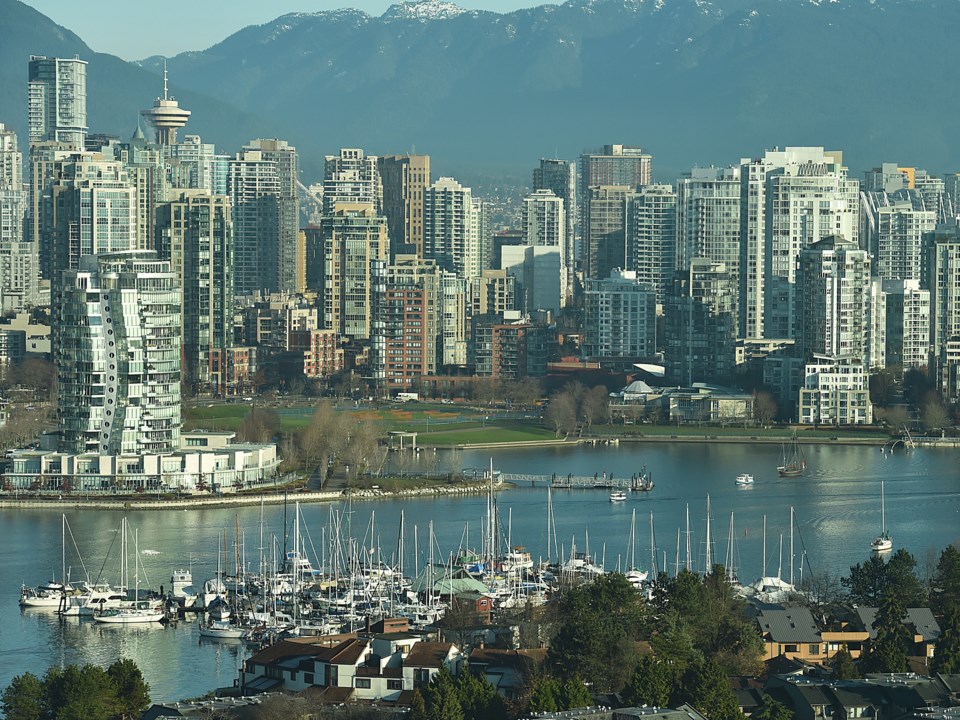“It’s like déjà vu all over again.”
This famous Yogi Berra-ism came to mind as I reviewed past Vancouver Courier columns in preparation for this year-end column.
In January 2016, I proposed that BC Assessment create separate classifications for single-family and multi-family housing, so those choosing more sustainable forms of housing would pay lower taxes.
I also questioned the province’s universal Property Tax Deferment Program, which allowed homeowners, regardless of income or assets, to borrow money at less than one percent.
Over the subsequent months, as we witnessed fires and floods on TV, I urged readers to review insurance policies to see what coverage they had in place.
In a summer 2016 open letter to Prime Minister Trudeau, I urged the federal government to enforce existing federal taxation rules since foreign buyers were abusing principal residence tax exemptions and avoiding capital gains taxes.
Following the surprising and sudden imposition of the province’s 15 per cent Foreign Buyers Tax, I wrote it would make some properties more affordable in the short term, but questioned long-term impacts, adding “to truly improve the long-term outlook for affordability, there is a need to dramatically improve municipal approval procedures and increase housing supply.”
Sadly, I was right.
Towards the end of 2016, columns addressed the need to improve housing affordability and the laneway housing program, and conservation of character homes.
Perhaps not surprisingly, my 2017 columns addressed many of these same topics.
In the year’s first column although UBC economist Tom Davidoff was predicting rents would go down in large part because of the mayor’s Empty Homes Tax, I predicted rents would rise well beyond provincial guidelines. Sadly, I was right. As property tax notices were delivered, I again called for an overhaul of the Provincial Homeowner’s Grant and Property Tax Deferral Programs.
Hopefully the new government will bring in these changes.
In February, I raised concerns about a city proposal to reduce the size of new single-family houses if a house deemed to have character was demolished. Fortunately, the city’s chief planner Gil Kelley had the good sense to eliminate this aspect of the city’s proposed Character Home Zoning Bylaw.
In April I lost a few friends and readers by questioning why the city’s Empty Home Tax was unfairly taxing people who kept a second home in Vancouver.
“How can you come to the defense of people who can afford two homes when so many in the city can’t afford one?” they asked.
In May, as voters went to the polls for the provincial election, I reviewed the parties’ promises and questioned the NDP promise of a universal $400-a-year renters’ grant and a yearly absentee speculators’ tax of two per cent of assessed property value. While few details were offered, I hoped it would be better designed than Vancouver’s Empty Home Tax.
(As an aside, if you buy a Vancouver residential property during the next two years, make sure your lawyer addresses a significant flaw in the Empty Homes Tax that could make you liable for any outstanding tax owed by the seller.)
In July I wrote a column that should be mandatory reading for anyone who has built a laneway house or is contemplating doing so.
It highlighted tax issues that few laneway housing owners have considered. These include the need to make GST payments to Ottawa, not only on the total costs of the laneway house, but also on the appraised value of the associated land.
And that’s not all. When the property is sold, Capital Gains Tax may also have to be paid if the property has increased in value, even though the laneway house is part of a principal residence.
During the second half of 2017, housing affordability and how best to create it were constant themes in my columns.
As we look to 2018, housing affordability will continue to be a critical issue for the city and region. Consequently, my year-end Holiday Greeting offers 12 Affordable Housing Ideas for the 12 Days of Christmas.
You can find them at gellersworldtravel.blogspot.ca.
Best wishes for the holiday season and I look forward to meeting up again in 2018.



